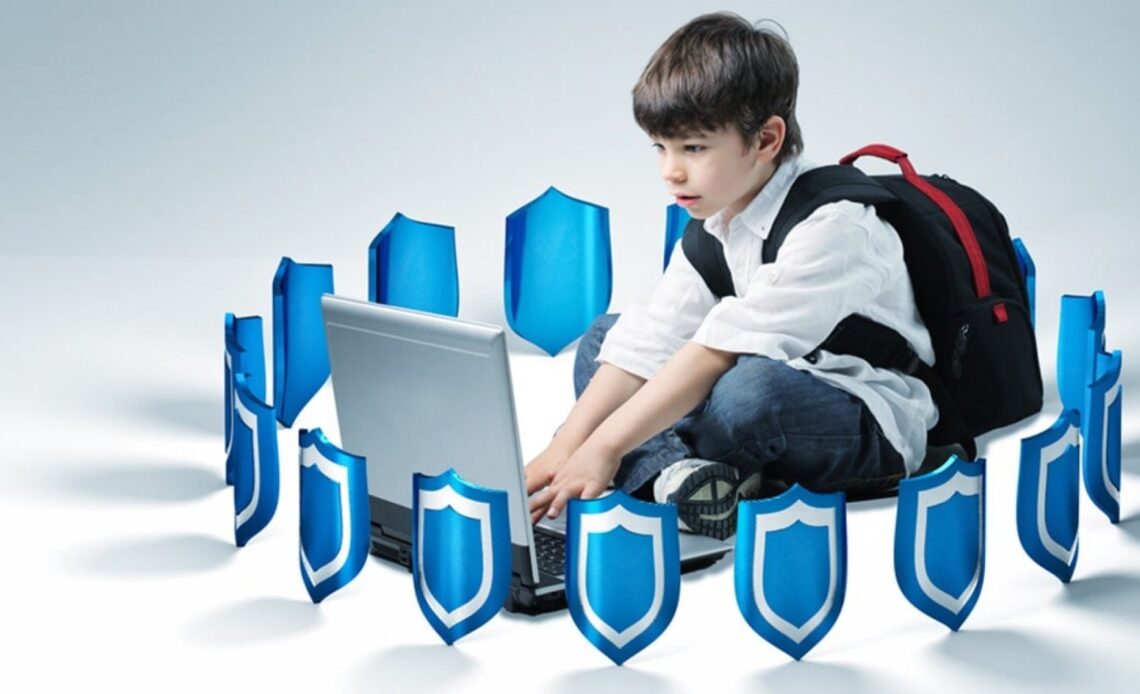In the digital age, it is crucial for educational facilities to provide a secure and effective online learning environment. Prioritizing web filtering is a crucial component of accomplishing this. In order to safeguard students and maintain a proper and focused learning environment, filtering technology involves regulating and monitoring internet access.
Let us know what the factors are for prioritizing web filtering for education.
Reporting and Assessment
Internet usage statistics are regularly gathered through the reporting and assessment feature of the web filter for schools, giving a thorough picture of how students, instructors, and staff use online resources. It keeps track of which websites are visited, how frequently they are viewed, and how long users spend on each site. The function can assist parents and teachers in understanding the child’s present academic standing.
Administrators can also instantly gain insight into user activity online by viewing the websites that are currently being visited by users. Also, the innovation aids in alert notice transmission to administrators, enabling them to prevent or terminate inappropriate content.
Age-Specific Online Accessibility
- For many age groups, including elementary, middle, and high school students, schools can establish profiles that are customizable.
- Filtering guidelines and permissions vary depending on the profile.
- Online information is categorized and filtered according to age appropriateness using the age-specific online accessibility function.
- It adjusts internet access to take into account the differing levels of maturity and educational needs among different age groups.
- Furthermore, the filtering technology regularly monitors websites and materials to assess their appropriateness for the chosen age range.
- Depending on the content of the websites, it can instantly restrict or permit access to certain websites.
Digital Infection Defense
A vital part of web filters for schools is the digital infection defense feature, which is necessary for protecting the network and kids from malware and other types of digital dangers. This function is essential for ensuring a safe and effective learning environment since it makes it easier for you to work efficiently while saving your data and files.
The web filter immediately takes action after spotting a threat by preventing access to the malicious website or file. Inadvertently accessing hazardous material that can jeopardize the network security at the school or the security of their own devices is prevented by doing this.
Some other benefits of digital infection defense
| Real-time Threat Notifications | Administrators receive immediate alerts, allowing them to take swift action when threats are detected. |
| Improved Productivity | By blocking distractions and potential threats, it ensures that students and staff can focus on educational tasks without disruptions. |
| Reduced IT Workload | Automated threat detection and remediation reduce the IT department’s workload, enabling them to allocate more time to other critical tasks. |
| Prevention of Zero-Day Attacks | The feature proactively defends against previously unknown threats, mitigating the risk of zero-day attacks. |
Parental Support
The parental support feature of web filtering gives caregivers a clear view of what their child is doing online when connected to the school’s network. It enables them to keep an eye on the websites their kids visit, the searches they conduct, and their general online activity. Even when the children are not physically present at the school, the tool allows them to keep tabs on their child’s online safety.
The function promotes honest and fruitful discussions about online safety between youngsters and their parents. It gives families information and discussion points to bring up about safe internet use. Furthermore, guardians can feel secure knowing that their children are protected while using online search engines and other services.
Compliance Standards
By preventing free access to offensive or harmful content, compliance standards shield your school from potential legal consequences. This tool aids schools in avoiding legal problems that can result from breaking rules.
You can update and manage block lists of websites and content types that don’t adhere to educational standards with the help of this function. It makes sure that students can’t access these websites. As a result, children can work and study with the aid of technology with ease, too.
Virtual Content Oversight
In order to maintain a secure and beneficial online environment for students and staff, the virtual content oversight feature in web filters for schools is a crucial component. The technology makes it possible by filtering the content according to the learner’s age. With the right devotion and concentration, this action enables the child to learn quickly.
Based on their unique educational objectives and goals, schools can modify filtering rules. This allows for fine-tuning the level of content oversight according to the age and grade level of students.
Conclusion
In the current digital era, adopting online filtering for education is not just a choice; it is a need. When installing reliable web filtering solutions, educational institutions need to take a lot of things into account. Schools can build a safe and supportive online learning environment by concentrating on productivity, compliance, and the general well-being of students, instructors, and staff.
Read More: 3 Burning Questions About Internet Filtering Software



